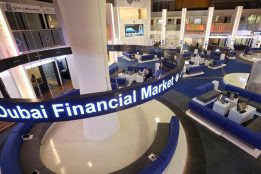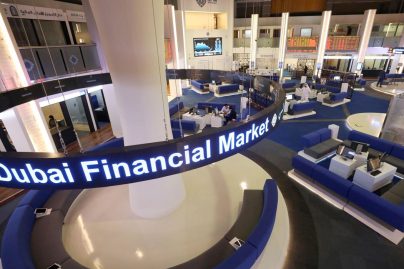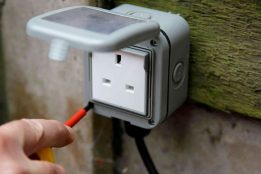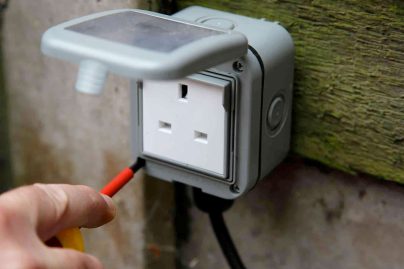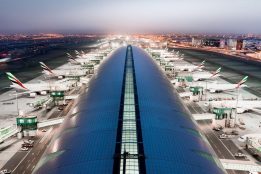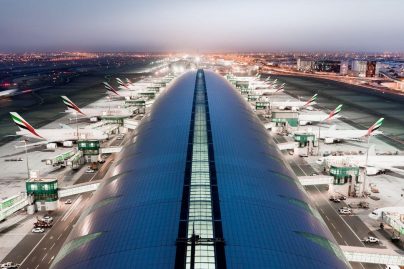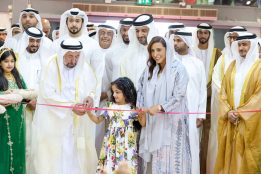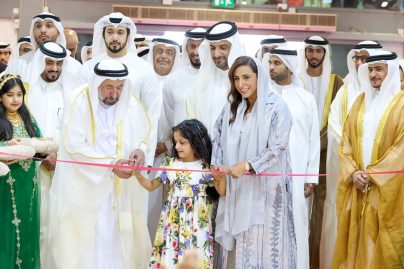Emirati Art installations at the Expo 2020 to spark innovative thinking among visitors!
Sun 26 Sep 2021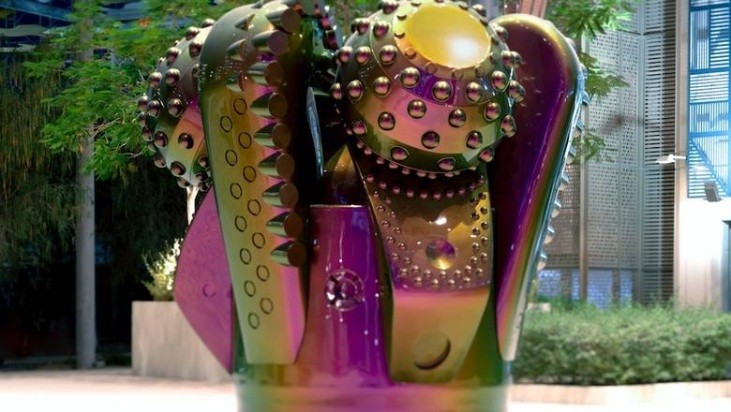
With Expo 2020 Dubai all geared up to welcome visitors from around the world on 1 October, four Emirati artists from different generations are finalising the installation of their permanent public artworks on the Expo site, as part of Expo 2020’s Public Art Programme.
The artworks by Emirati artists Afra Al Dhaheri, Abdallah Al Saadi, Asma Belhamar, and Shaikha Al Mazrou will be exhibited alongside other works by leading colleagues from the region and the world.
The Public Art Programme is curated by Tarek Abou El Fetouh and designed in alignment with the ambitious urban plans that will transform the Expo 2020 site into the future city of District 2020. It has been curated as a platform for contemporary art in the neighbourhood, with 11 permanent substantial public artworks interwoven within its urban fabric and offering the possibility for many more artworks in the future.
Abdullah Al Saadi’s work, Terhal, is a permanent public intervention in a seating area and embodies the result of his immersion in the unique natural surroundings of Wadi Tayyibah in the emirate of Fujairah. In this work, the artist’s map-like paintings are inspired by different orientations on stones from the Wadi Tayyibah region. The stones are organised according to his own symbolic code which in turn is a sort of an invitation to discover a kind of poetic archaeological language.
The Plinth by Shaikha Al Mazrou embodies her aesthetic language, which diverts materiality with an interplay of tension and balance, demonstrating the artist’s intuitive, keenly felt understanding of materials and their physical properties.
A special part of the Public Art Programme is curated by Muneera Al Sayegh and Mohammed Al Olama and includes two works that explore the role of monuments in the local landscape and their connection with memory, architecture, and nature.
One work is a large-scale marble sculpture by artist Afra Al Dhaheri entitled Pillow Fort, which is inspired by the tikkay, traditional Emirati floor pillows, revisiting childhood moments of the impromptu play when building a pillow tower or a fort with them. These childhood forts existed within our rooms within our homes, as a space within a space within a space.
The other work titled Distorted Familiarities by artist Asma Belhamar confronts perspectives of nature and the built environment, marrying the two realities. Belhamar speaks to the visual distortion experienced when commuting from mountainscapes into cityscapes, where the change from landscape to architecture and from typography to iconography feels like a journey through shifting scales and times.
The conceptual framework of the Public Art Programme of Expo 2020 Dubai is inspired by the famous Arab mathematician, astronomer, and physicist Ibn al Haytham’s seminal work, Book of Optics (c. 11th century). The concept of the programme provides a prism to view contemporary artworks and a context that allows an exploration of the philosophical aspect of Ibn al-Haytham’s theories on visual perception, including his definitions of vision, recognition, and the impossibility of envisioning a full picture of reality within oneself without the power of imagination.
Reflecting on the history of the arts and its complex and rich connection with science and philosophy in this region during the historical peak of trade and intercultural relations beginning in the 9th century might assist us in re-thinking concepts and ideas that are pertinent to explore in the world today. For the classical is not simply past, nor merely passed onto the present, but also comes to meet us in the future. Recalling Ibn al-Haytham today inspires us to understand the explanation of phenomena and the relation between the imagined and the perceived and to explore the commonality among humans while understanding cultural particulars. It may be that the only human capacity that helps us navigate diverse cultural particulars is the power of the imagination and the ability to grasp stories, however strange.
Source: Expo 2020 website press release

 May 02 2024
May 02 2024
